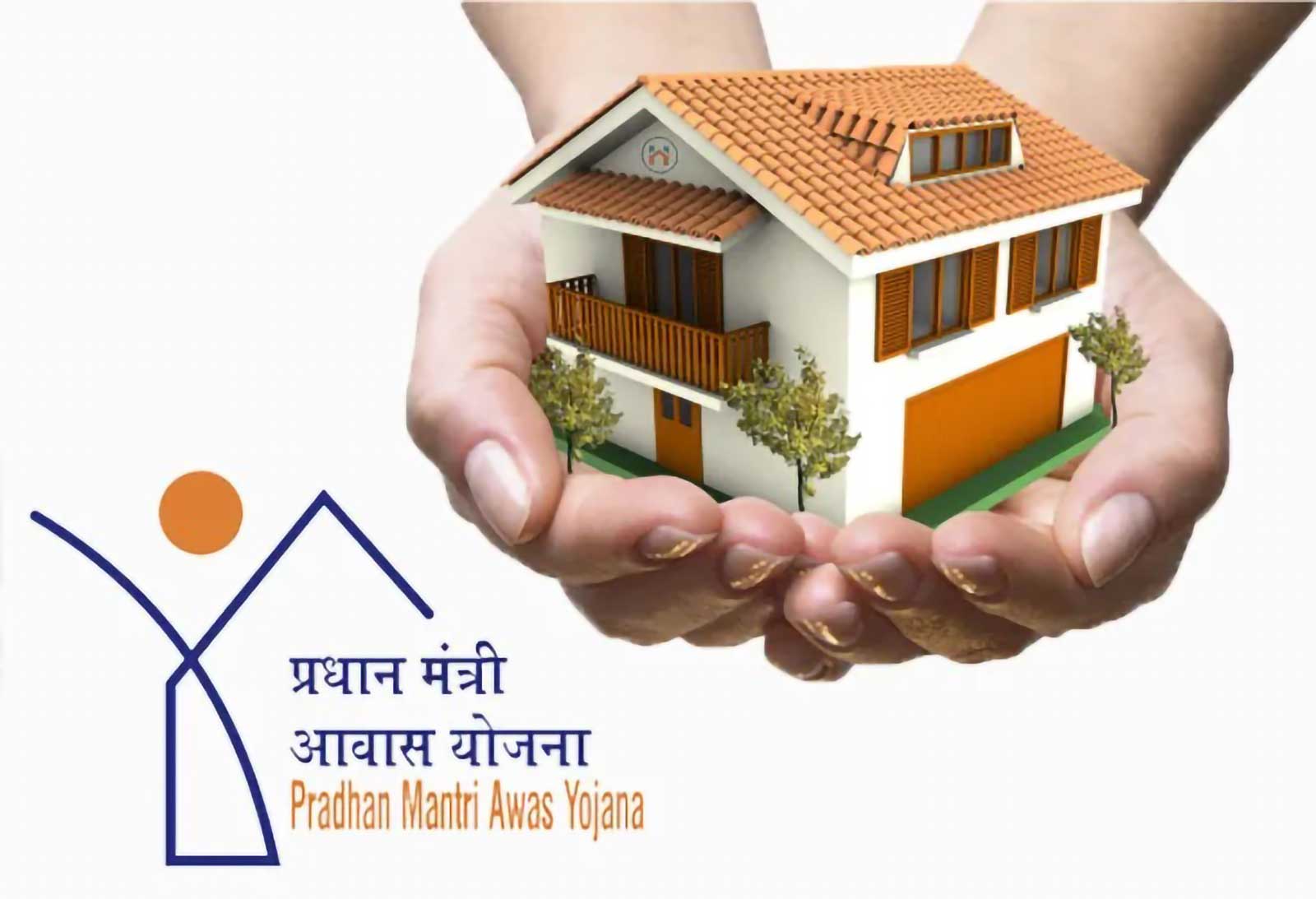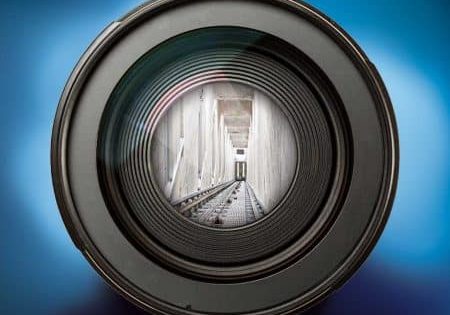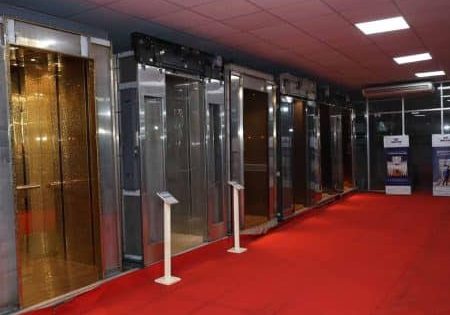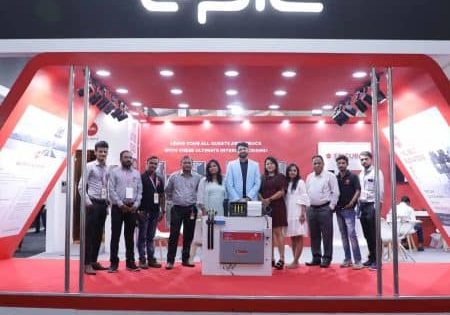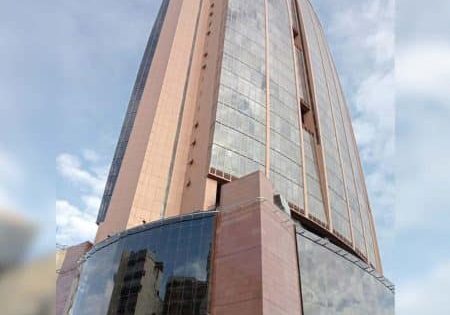Possible implications of Modi 3.0 for the VT industry
The first two central governments with Prime Minister Narendra Modi at the helm were characterized by a sustained emphasis on boosting housing and infrastructure supported by policies that accelerated the pace of their development. There was a substantial increase in the number of high-rise buildings, airports, metros, railway stations and tourist attractions. The vertical-transportation (VT) industry obviously benefitted from this, as the demand for elevators, escalators and moving walkways surged.
The uppermost question in the minds of VT industry members and stakeholders was “What’s next?” While it was a given that the same government would again take over the reins for a third term, would its focus remain the same? Well, there were big smiles across the spectrum as Modi 3.0 began with a major housing initiative, setting the stage for taking previous initiatives to an even higher level during its new tenure.
Prime Minister Narendra Modi’s new Union Cabinet announced its first major policy decision: to provide assistance for the construction of an additional three crore rural and urban houses under the Pradhan Mantri Awas Yojana (PMAY). This ambitious project aims to further the government’s mission of “Housing for All.” With the bar set this high, there are obviously great expectations going forward. We present here statements from the office bearers of real estate associations, who, as expected, are all completely in sync and have similar suggestions.
G Hari Babu, national president, National Real Estate Development Council (NAREDCO), pointed out that the real estate sector is at a crucial point with great growth potential but significant challenges. To reach a market size of US$1 trillion by 2030 and become a net-zero carbon industry by 2047, we need government support. Addressing rising home loan Equated Monthly Installments (EMIs), implementing key policy reforms and introducing sustainability incentives are essential. Additionally, making affordable housing more accessible by adjusting financial limits and providing incentives for builders is critical for our progress. Babu said:
“We are seeking specific actions from the government to address the rising home loan EMIs and interest rates. The increase from 6.25% before COVID-19 to around 8.75% today has made monthly EMIs very expensive, particularly for middle-class families. We urge the government to provide relief by offering lower interest rates for affordable housing loans. This can be achieved by setting the first Rs 20 lakh or Rs 25 lakh of a home loan at a 5% interest rate for the first five years.
“We believe specific policy reforms are necessary to stimulate growth in the real estate sector, particularly in affordable housing. Raising the Rs 45 lakh limit to Rs 60 lakh is one such reform that would address the challenges faced by builders and buyers. This adjustment would account for the significant increase in land costs over the past seven to eight years. Increasing the Rs 45 lakh limit to Rs 60 lakh would make it more feasible for builders to construct affordable homes and for buyers to purchase them. This change would reflect the current economic realities and help maintain the momentum in the affordable housing market. The original limit was set seven years ago, and adjusting it to match inflation and land cost increases is crucial.
“We expect the government to implement policy reforms and incentives to support the growth and sustainability of the real estate sector. These reforms could include financial incentives for sustainable building practices and subsidies or tax breaks for developers who focus on affordable housing projects. Additionally, easing regulatory constraints and streamlining approval processes would further boost the sector’s growth. Other necessary reforms include providing financial support and incentives for sustainable development in the real estate industry. This could involve tax incentives for green buildings, subsidies for using eco-friendly construction materials, and policies that promote energy-efficient practices. These measures would help the sector meet its goal of becoming a net-zero carbon industry by 2047.”



Prashant Sharma, president, NAREDCO Maharashtra, emphasized that the real estate sector is a cornerstone of economic growth and development. He affirmed:
“We eagerly look forward to collaborating with the new administration to drive forward initiatives that will enhance the sector’s contribution to the state’s progress. The real estate industry has always been a significant employment generator and a key contributor to the state’s Gross Domestic Product (GDP). In light of this, we have several expectations from the new government:
“Consistency in policy and regulatory frameworks is crucial for long-term investment planning. We urge the new government to ensure that policies are simplified and made more transparent to facilitate ease of doing business.
“Continued investment in infrastructure, such as roads, public transportation and smart city initiatives, will significantly boost real estate development, particularly in suburban and emerging areas.
“We anticipate reinforced support for affordable housing projects through incentives and subsidies, which will not only provide housing for all, but also stimulate demand in the sector.
“Implementation of a single-window clearance system for project approvals will reduce delays and costs, enhancing efficiency and encouraging faster project completions.
“Rationalization of Goods and Services Tax (GST) and other taxes related to real estate transactions can provide much-needed relief to developers and homebuyers alike, fostering a more vibrant market.
“We look forward to government support for sustainable and green building practices, ensuring that development is environmentally responsible and resource efficient.
“We believe that with the right policies and support, the real estate sector can significantly contribute to the vision of a prosperous and developed Maharashtra. NAREDCO Maharashtra is committed to working closely with the government to address challenges and harness opportunities for the betterment of the industry and the state. We are optimistic about the future and confident that the new government will prioritize the needs of the real estate sector, ensuring its growth and resilience.”
There were big smiles across the spectrum as Modi 3.0 began with a major housing initiative, setting the stage for taking previous initiatives to an even higher level during its new tenure.
Pritam Chivukula, vice president, Confederation of Real Estate Developers’ Associations of India-Maharashtra Chamber of Housing Industry (CREDAI-MCHI), declared that the real estate sector is filled with optimism and anticipation. He observed that the sector, which is a significant contributor to the nation’s GDP and employment, looks forward to policies and initiatives that will foster growth, stability and transparency. He said:
“Firstly, we hope for continued emphasis on housing for all, ensuring that affordable housing projects receive the necessary incentives and support. PMAY has been a cornerstone in achieving housing goals, and we look forward to its further expansion and efficient implementation.
“Infrastructure development remains a critical area. Enhancing connectivity through robust infrastructure projects not only boosts real estate development, but also uplifts the overall economy. We anticipate increased investment in urban infrastructure, smart cities and transportation networks.
“The real estate sector also expects streamlined regulatory frameworks that ease the process of approvals and reduce bureaucratic delays. A single-window clearance mechanism would be a game-changer, significantly improving the ease of doing business.
“Furthermore, we look forward to reforms in the GST structure specific to real estate. A more rationalized and simplified tax regime would benefit both developers and homebuyers, promoting a healthier market environment.
“Sustainability and green building practices are paramount for the future. Incentives for adopting eco-friendly construction techniques and materials can propel India toward a greener future.
“Lastly, addressing the liquidity crunch through favorable banking policies and enhancing access to funding for developers will be crucial. Ensuring that financial institutions support real estate projects can catalyze growth and help in timely project completions.
“We believe that a collaborative approach between the government and the real estate sector will pave the way for a resilient, sustainable and inclusive real estate market, contributing significantly to the nation’s growth and prosperity.”
With Manohar Lal Khattar, former chief minister of Haryana, having taken charge as the union minister for Housing and Urban Affairs, the VT industry is looking ahead in anticipation of an even greater quantum of demand during Modi 3.0.
Get more of Elevator World. Sign up for our free e-newsletter.
